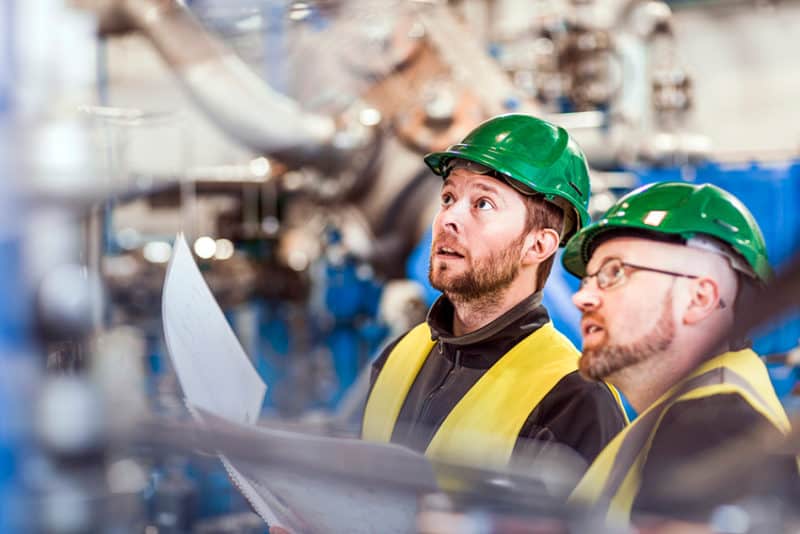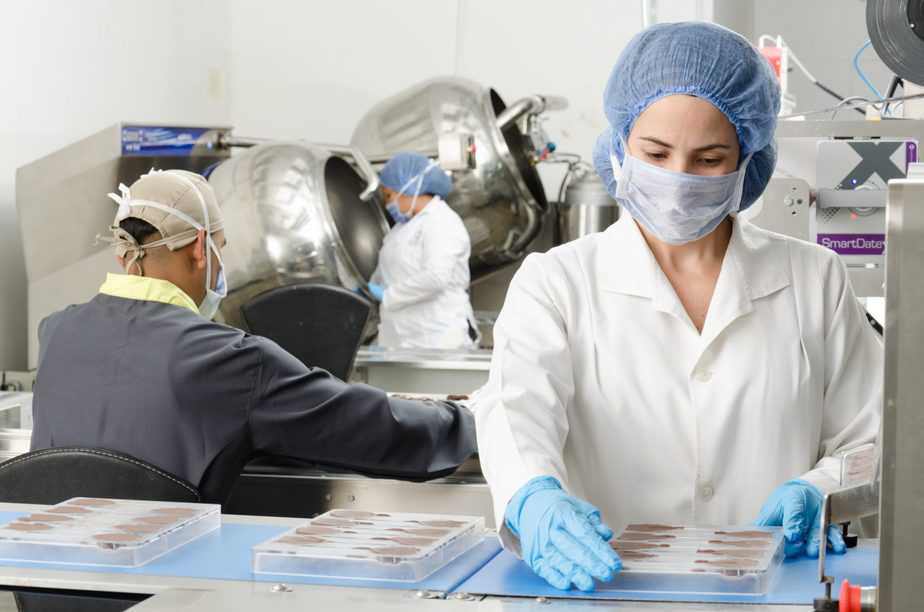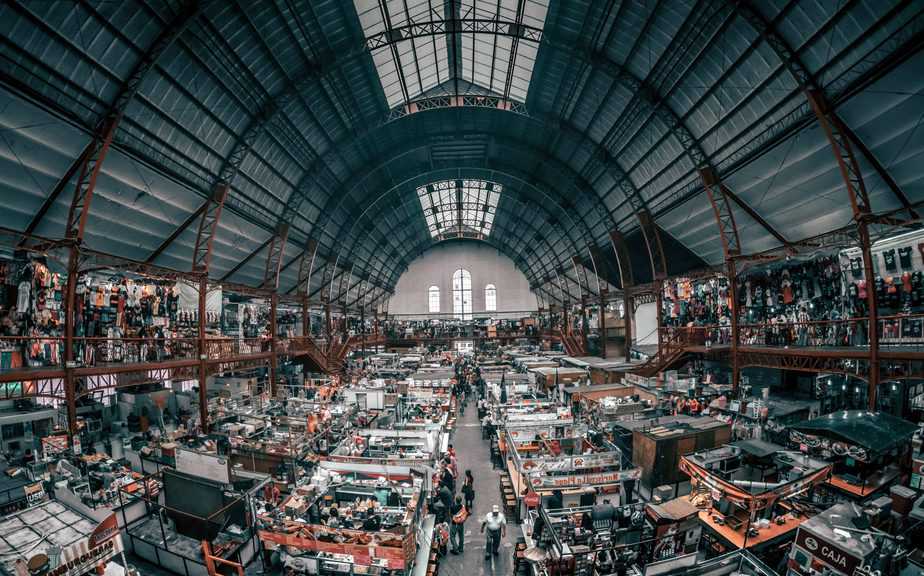Key Health And Safety Considerations For The Manufacturing Industry
Why is Health and Safety so important in the manufacturing industry?
Manufacturing includes processes and equipment where significant and complex risks may be present and they can only be addressed when systematic and robust risk management programmes are implemented.
The manufacturing industry is a sector, like forestry, where a large proportion of accidents causing serious harm occurs. This indicates strongly that these significant risks are not adequately controlled. It has, and continues to remain a key enforcement area for WorkSafe New Zealand.
The reasons for high accident rates are complex, but it is likely to be at least partly a result of Health and Safety being inadequately resourced. Lack of competency and time can be a key failing within human resources.

Best practice Health and Safety in Manufacturing.
Best practice Health and Safety in manufacturing requires a management system approach. There are many different aspects that should be in place. To distill Health and Safety down to its most important components is challenging. However, a risk assessment is a foundational document that allows the planning and provision of a safe workplace. To perform risk assessments effectively, a team based approach and competency is key, followed by the communication of the risks and controls to effected parties which becomes very important.
Key areas to explore for Directors in the manufacturing sector include:
- Have we completed risk assessments?
- Do they cover the key risks in the business?
- Was there adequate competency in place to carry out the risk assessment so we know they are suitable and sufficient?
- Have the risks and required actions been suitably communicated to all relevant parties/stakeholders?
- How are we reviewing and monitoring actions and risks?
To feel satisfied that the organisation can demonstrate the above questions have been met, the Director should consider asking questions like – “can you show me?” or “how do we know?”.

There are many risks posed to those handling machinery and equipment in the manufacturing industries, as there are so many factors to consider. Some of the possible risks include:
- Physical and mechanical risks resulting in amputation like injuries due to inadequately safeguarded equipment
- Risks associated with cleaning and maintenance where insufficient Lock Out Tag Out of energy sources has been applied
- Poorly designed or procured equipment resulting in risks being introduced
- Fire and explosion risks from combustible dusts and flammable substances
- Health related risks from chemicals/substances generated during processing
- Chemical hazards and exposure
- Noise induced hearing loss from exposure to elevated levels
- Traffic management from materials handling equipment such as fork lift or trucks working in and around personnel and machinery.
What the above list demonstrates is the variety of risks and the depth of knowledge and experience your risk assessment team and personnel need to have. Competency is imperative.

You might be wondering, what is the best course of action for a Director, to improve general safety standards in the workplace, in a manufacturing setting?
Directors should satisfy themselves that the risks in the business have been evaluated and are well understood, and that plans are in place to control those risks. Further, Directors should ensure a robust/systematic process was carried out to do this and that competent people were involved.
Until risks have been assessed it is not possible to allocate sufficient resources.
If suitable and sufficient risk assessments for machinery have not been carried out then this should be made a priority with resources provided to do so. If this is to be done internally – it is essential that adequate time and the component personnel are allocated.
The reality is that many organisations do not have this resource (time and competency), so external specialist providers may be required.
Why is TEG Risk best placed to provide this?
TEG Risk is a specialist safety engineering consultancy. Our team have backgrounds in design, construction and machinery management giving us exceptional depth of experience to draw upon. We have risk assessed over 10,000 machines across multiple industries so we have seen it all. We are all TUV Certified in Machine safety disciplines to demonstrate this competence. Competency is our strength.
We also have unique tools that give unparalleled levels of risk information and data to allow you to better manage your risks. The MinRisk App will present information that your operators and supervisors can read on the shop floor, but also the data that your managers can plan around to provide a safe workplace.

